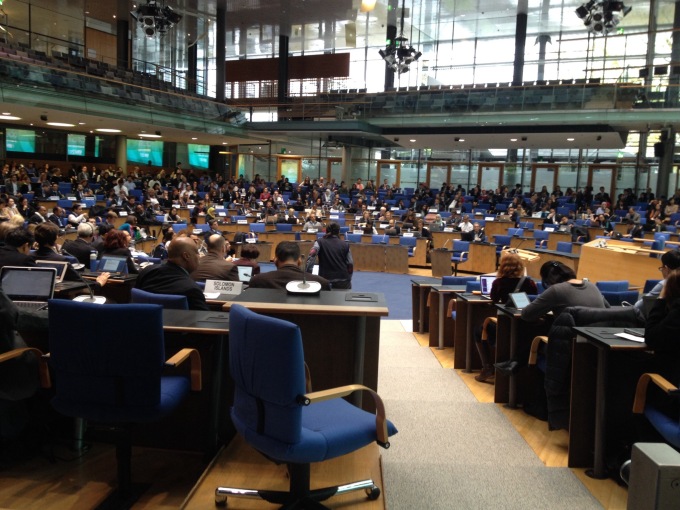
It is recommended that this article be prefaced by reading COP 23: Gearing up for another climate talkfest – agenda items of note
The first week of COP 23 has come to an end and the negotiations will pick up pace (or not) as the ministers start arriving in preparation for the so-called ‘high-level segment’ of the talks. So far, they have been somewhat lacklustre.
The report from the Ad Hoc Working Group on the Paris Agreement mid-week, the main forum for progressing negotiations, was not met with a particularly positive response from Parties – whether they were wanting to slow things down (being fossil fuel producing countries), or speed things up (being small island states threatened with inundation).
Progress on Article 6, relating to measures for stopping (mitigating) climate change via co-operative approaches between countries (6.2); market mechanisms for sustainable development (6.4); and non-market mechanisms (6.8) – is slow. A lot of headings have been put in place, as have possible items for discussion, but there is no actual content at present. What is there as content, continues to be equivocal: one section flags a particular position, another the reverse. This of course reflects the historical ongoing tensions between forces that are either pro- or anti- the use of markets to mitigate carbon emissions reductions. The one thing that all parties do agree on is that they control the carbon, and no-one else – not an entirely positive message for private sector companies trying to play their part.
The possible future outcomes from mitigating carbon by reducing emissions from deforestation and forest degradation, under Article 5, are being influenced by ‘atmospherics’ around the principle policy instrument, REDD+. An open discussion forum on the mechanism was shut down after less then a minute, leaving observers non-plussed, and forcing discussions behind closed doors. A number of donor countries, especially in Europe, appear to be bored with the programme, probably unimpressed by its ability to actually reduce emissions to date.
There were also warnings from developing country parties that COP 23 could become another Copenhagen (COP 15, 2009) where talks collapsed, and set back the negotiations for six years (until the 2015 Paris Agreement). In contention is the extent to which developed country parties have signed up to the Doha Amendment of the Kyoto Protocol, designed to encourage ongoing mitigation of greenhouse gas emissions. While all countries are now expected to reduce global emissions through their ‘nationally determined contributions‘ leading up to the first global stocktake of 2023, there is also an expectation that developed countries will demonstrate their bona fides by taking action before 2020, when the NDCs start being implemented.
There also appears to be an unpleasant nexus between some high-emitting, high-forested developing countries, who want to gain all the benefits of grants and subsidies for reducing emissions with none of the stringency of accounting for them, with some NGOs who oppose market mechanisms. On the other side is an equally problematic alliance of countries and NGOs who want international emissions trading and carbon offsetting, without the stringency of the CDM. In both camps, no one seems to really care about robust standards.
Meanwhile, there appears to be a concerted effort outside the negotiations to push geo-engineering as the techno-fix to climate change. Let’s hope that this suspect push to seed the clouds with chalk, or pump iron filings into the oceans doesn’t make it to the table. But if negotiators can’t come up with a sensible agenda to move forward productively, it is exactly these kinds of crazy Sci-Fi scenarios that will gain traction.
Watch this space…
To gain greater understanding of the institutional architecture of the climate change convention, visit https://www.climateregimemap.net/